Jamie Jean Schneider DommDigital Strategist for the North American Division Traditional marketing and evangelism takes a linear approach, starting with attracting “leads” and eventually aiming to convert people into members. While this strategy worked for a long time, the world has changed dramatically in the past few decades. It no longer makes sense, nor is it effective, to group people together into one-size fits all categories and then take a cookie-cutter approach to encouraging spiritual conversion. In addition, the assumptions we make about people groups can often be misleading or even harmful. Therefore, we must fundamentally change the way we approach evangelism. Understanding Modern AudiencesYour average person is just as likely to have moved several times, as to have continuously lived in the community they were born, surrounded by a homogeneous collective of people who share the same culture and life experiences. The "simple life" has given way to something more complicated, and, perhaps, messy. But even for those who have never changed their geographical location, people are now globally connected through social media in ways that were unheard of just 20 years ago. What this means is that we now live in a world of intersecting cultures or communities. These cultures are potentially endless in variety, but we’ll unpack a few in the next section on target audiences. The concept of cultural empathy is well known in the physical mission field. Evangelism experts know that the best way to reach a community or people group is to empower a member of that community to evangelize to their own. Or at the very least, speak the language of the people and show sensitivity and respect to their cultural paradigms. Non-native members of a culture group must sincerely seek to understand the community and reach them where they are in a way that is relevant. We have forgotten this principle when it comes to online evangelism and online communities. While digital evangelism or discipleship is a new concept for the Church, we can remember and apply tried and true bits of wisdom previously uncovered by experienced evangelists and geographically focused missionaries. Digital tools are a way to magnify the reach and impact of traditional and friendship evangelism, not necessarily replacing it. Digital platforms allow us to scale up our efforts in a low-cost way. The apostle Paul admonishes us to “become all things to all men, that I may by all means save some” (1 Corinthians 9:19-23 NASB 1977). To accomplish this in modern society, our definition of culture needs to be expanded. Many now find themselves between cultures and functioning in multiple online and offline communities simultaneously. The old marketing strategies of putting people in target groups based on a few identifying factors is no longer reflective of reality. People no longer fit into neat categories based on surface-level descriptors such as location, race, gender, language, and interests. We must connect with audiences on a deeper level based on unifying needs and core values that transcend standard marketing categorizations. Digital tools can enable us to understand the drivers behind the actions, beliefs, concerns, needs, and values of larger groups, better positioning us to serve them in a relevant way. If we can do this, our audiences will be loyal to our Church brand, because we resonate with them at the core of their worldview. We’ll unpack how to better reach, understand, and effectively communicate with target audiences in the next few sections of this guide. To reach younger generations, we must take an integrated and holistic approach that considers the complexities of modern life and relationships. The components of the traditional model are not dead. Many of these steps are still in play; we just have more resources to reach and interact with people in ways that are relevant to their unique situation. Digital communications is a means to amplify our messages and spiritually feed people seven days a week. In other words, the linear model has given way to a multi-faceted process that can start and stop at various points, with many key entry and engagement points. When we take a holistic approach to understanding our audiences better and use this knowledge strategically to combine traditional with digital strategies, we can fish 24/7 in a much larger pond. The kingdom of God is an all-day, every-day pursuit. His church should be the same online as offline. After all, church is not a program to watch, but a people to be. Success should not be measured by counting people in a building, but, rather, by whether or not we’re building a kingdom. Digital Evangelism Modified Funnel Another marketing concept we can use to understand the modern process of evangelism is a funnel, where every person is channeled toward the goal which traditionally has been “become a member.” While people can enter and engage at different levels of the funnel in multiple ways, movement toward (and beyond) this goal is the basic principle of the funnel model. Every single transition involves an ask, either implied or explicit. With every reduction in the funnel size, there is an implied exit of people. Every person has the option of moving forward down the chain, living at a stage for a period of time, or deciding to leave the process altogether. We must give easy calls-to-action and lead participants in a way that makes moving to the next step a no-brainer. Eventually the goal is for members to become active disciples who then become part of the funnel mechanism as content creators, distributors, or engagers as talked about in section 3. This is why this modified funnel fans back out at the base and loops back around. The foundation of this marketing paradigm is built on continuous discipleship and integrated strategies, utilizing a wide range of evangelistic strategies. The Modern Seeker’s Journey To help us better understand how the modern world of analog and digital experiences interact to move someone through their spiritual journey, we can consider a systems-thinking tool called journey loops. “Systems thinking is a holistic approach to analysis that focuses on the way that a system’s constituent parts interrelate and how systems work over time and within the context of larger systems. The systems thinking approach contrasts with traditional analysis, which studies systems by breaking them down into their separate elements… According to systems thinking, system behavior results from the effects of reinforcing and balancing processes” (Margaret Rouse, Techtarget.com). A system is a group of distinct elements that are interrelated and organized to achieve a common purpose or goal. These steps or loops do not necessarily go in order. A seeker can start at any point, skip sections, leap from loop to loop, and even backtrack. Each loop and experience feeds back into the other steps in the process to help reinforce the journey. I personally started in the “Think” (Consideration) loop, then the “Care” (Relationship/Service) loop and then visited a local church as part of the “Do” (Visit/Engage) loop. This causal loop system is not a perfect representation of the process, but it helps visualize what is actually happening in a complex system or, in this case, journey. In today’s world where people are turning to the internet for answers, the first two parts of the journey are primarily spent in the digital space. Based on the person’s situation, they may or may not transition to an in-person experience, though that is always the one of the goals of this process. However, it’s important to recognize that experiences in the “Care” and “Stay” loops are just as relevant in the digital space. Therefore, we must seek to find ways to extend the Church experience online, because the in-person experience may not always be possible, at least in the short-term. How the Modern Seeker’s Journey fits into the Digital Discipleship and Evangelism Model Reflecting back on the Digital Discipleship and Evangelism model, we can see how the three roles or types of digital evangelists can work together to help guide a seeker through a journey of spiritual growth.
Distributors help push out content and messages to help initiate the “See” (Awareness) step and can also function within the “Ministry and Discipleship” loop, using digital tools and technologies to share content within their sphere of digital influence, which, in turn, contributes greatly to the “Research and Discovery” stage. The role of content creators is to package the gospel message and teachings of Jesus into various digital-friendly formats, such as: video, blogs, images, podcasts, etc. The resulting content is vital to the growth and decision-making of a seeker within the “Research and Discovery” loop. This content, combined with the role of engagers, can serve as a catalyst to move a seeker to the “Do” (Visit/Engage) and “Stay” (Become a Member) steps. Engagers are empathic individuals within an organization, or operating independently, who engage in online conversations for the purpose of building meaningful relationships, better understanding needs, and determining meaningful ways to serve others in the community. The engager role spans across multiple touchpoints in the modern seeker’s journey and plays a vital role in moving a person towards taking an action and, ultimately, to a faith-based commitment. Social media provides a unique opportunity for long-term member care that can enhance and strengthen the relationships your ministry cultivates with members and the community. We know that connection and relationships is what builds a strong faith community and keeps people in the Church. To that end, engagers are vital to the “Loyalty and Personal Connections” loop as well as the “Do” (Visit/Engage) step and even an integral part of securing a seeker’s long-term desire to “Stay” (Become a Member) of a faith community. Every opportunity to connect is an opportunity to advance the kingdom of God. Our digital voice may be the only opportunity a seeker has to see Christ’s love demonstrated in their life. We as a Church should strive to create connections and take a comprehensive approach to facilitating the seeker experience, treating people online as if we’re talking with them face-to-face. Their online interactions with you should make them want to experience your faith/mission in person. Then, when they to come for that onsite experience, it should be a continuation of the positive relationship that has been built with them online. There should not be a disconnect between how a person is nurtured in the pews and how they are treated online, or vice-versa. Jamie Jean Schneider DommDigital Strategist for the North American Division I am often asked if digital communications can really make a global impact when only around 42% (as of June 2019) of the world’s population is on social media. This question always reminds me of one of my first campaigns for the Church. In the summer of 2016, I worked with “Your Best Pathway to Health” to help create community awareness for the free mega-health clinic that was coming to Beckley, WV, the heart of Appalachia. A quick search in Facebook Ads manager revealed that around 200K people within 50 miles of the convention center where the clinic would take place, were on Facebook. With a small budget of $200, I started a community awareness ad campaign targeted at those living within driving distance of Beckley. This digital effort was part of a larger multi-channel campaign that included newspaper ads, 30K+ hand-out flyers, and other traditional media. Can We Really Reach Those People?It is said that “familiarity breeds contempt” or, at least, presumptuous behavior. Soon after launching the campaign, I received a call from a long-time friend who felt very strongly that I was out of line to use Church funds for this digital campaign, and that I was out of touch with the realities of this community. After all, “this was Appalachia, and those people don’t even have running water and electricity.” After two hours of conversation, I still call her friend, because this was a teaching and learning moment. I had an opportunity to share the potential this technology offers for our mission, as well as gain a better understanding of the cultural paradigm I was up against (in terms of encouraging the Church to embrace digital strategies and the perceptions that may result). What she didn’t know was that I made a decision based on data and not assumptions about the “least of these.” In fact, she didn’t know that I had been raised in the same economic class she felt I was so disconnected from. I asked her one simple question: do you know someone who is not on social media? She said yes. I followed up with something like, “If you saw an online advertisement about free medical treatment with no strings attached, and you knew they needed help, would you tell them?” Without hesitation, she responded, “Of course!” One question and response summarized my strategy. What I had done was make a strategic decision to activate the sharing power of the 200K people who were online and, most likely, connected to others in the community who were not on social media. It’s human nature to share a good thing when we see it, especially with those we care about who need the services offered. According to an extensive study conducted by the New York Times, 94% of people share content online because “they feel the content will improve the lives” of others. This act of sharing goes beyond the digital space. “Then, leaving her water jar, the woman went back to the town and said to the people, ‘Come, see a man who told me everything I ever did. Could this be the Messiah?’ They came out of the town and made their way toward him” (John 4:28-30, New International Version). However, my ten years of digital marketing experience was entirely secular. I had never done an advertising campaign for a church project before, and consequently prayed a lot in the weeks leading up to the clinic. When the event began I was overjoyed at the testimonies of people who said their family member, friend, or neighbor saw an ad online and told them to come. According to the exit surveys, social media outperformed all the traditional advertising, and was second only to referral by friend or family member. Based on the anecdotal testimonies, word-of-mouth (friend/family) was also largely driven by the social media campaign. Click here to learn more about this case study in community awareness. Social media is the modern School of Tyrannus, a place where the ancient Ephesians gathered to engage with new ideas, pass the time, share thoughts, and participate in discussions. Paul spoke at the School of Tyrannus in Greece for two years (Acts 19:8-9), essentially getting the gospel to go viral in his day. (A podcast about Paul’s influence at the School of Tyrannus by Dee Casper, Brand Evangelist, ARTV, can be found HERE). “This took place for two years, so that all who lived in Asia heard the word of the Lord, both Jews and Greeks” (Acts 19:10, New American Standard Bible) Paul stayed in one place, and yet his teachings spread. How did this happen?Ephesus was an important port for trade and commerce (like the internet), attracting people from all over the Roman Empire. People would come and hear what he had to say, go home, and tell others what they’d learned. In today’s terminology, they hit “Like” and “Share” on social media, and their friends and family were exposed to Paul’s teachings of the gospel. Social media has the potential to do this on a much larger scale. By reaching the connected, we can reach the unreachable. In other words, if approximately 42% of the world’s population is on social media, it’s highly likely that they know the other 58% of the world or know someone who is connected to someone who is not on social media. You get the idea. What starts in the digital space, isn’t confined to the digital space. We must put our assumptions about those people aside (whoever those people might be), and work with who we can reach. Evangelism experts tell me that the best way to reach a community or people group is to empower a member of that community. Your average person is just as likely to have moved several times, as to have lived and died in the community they were born, surrounded by a homogeneous collective of people who share the same culture and life experiences. The "simple life" has given way to something more complicated, perhaps messy. Even for those who never change their geographical location, they are globally connected to people through social media in ways that were unheard of just twenty years ago. What this means is that we now live in a world of intersecting cultures and communities. The city of Ephesus experience is now reflected in every major city in the world and online. I, myself, am a mid-western transplant to the D.C. metropolitan area. There is still no cellphone reception in my home town. My parents access the internet and phone through satellite. Until recently, our roads were unpaved, and my family was on well water. I go home once or twice a year and call my parents regularly (when the satellite phone is working). I had never heard of Adventism until I went to college; now my parents are closely connected to two Adventists (me and my husband). During our conversations and interactions, I share my experiences and new ideas. While my home town is not as remote as some other countries or communities that still exist in the world, the concept is the same. We can reach people online who have migrated to the digitally connected parts of the world. These people probably maintain ties to their home communities in some way, and since they are from that community, they are in the best position to share the gospel within the cultural norms, language, and expectations of those communities. When they visit their friends and family, they can share the gospel just like the ancient citizens of the Roman empire did back in the first century. This is how we can obtain global impact through digital communications. It’s the same strategy that Paul leveraged, but scaled up by modern technology. According to Pew Research, the most racially diverse Christian denomination in North America is the Seventh-day Adventist Church. We are truly a global movement that has yet to realize the full potential of modern technologies. Our challenge is not to just reach those who are online, but to also activate the online and offline sharing power of those we connect with. The membership of the Adventist Church is perfectly positioned to reach the around the world to every nation, tribe, people, and tongue with the gospel message. And for those isolated communities with, assumed, no access to the outside world, give the Holy Spirit a little credit for being able to carry the message the rest of the way. If the message went global in Paul’s day without the help of modern technology, let’s not assume limitations on the Holy Spirit in our day. We aren’t expected to accomplish this mission alone, but we are called to “Go into all the world and preach the gospel to all creation” (Mark 16:15, NIV). The world now includes the digital space. We need to dream bigger when doing God's work. Can you imagine what would happen if each of us committed to sharing the gospel online for two years? And remember, it's not like we have to physically go somewhere, or even leave the couch for that matter! Who knows where God will lead us when we step out in faith.
Amy PrindleThe Center for Online Evangelism is a missionary project devoted to developing online mission stations. Before going full throttle on SEO implementation, it’s important to set expectations and develop a clear understanding of what is needed. To be successful, you must approach SEO strategically and be very intentional about developing a long-term plan to maintain best practices. The first step in SEO care is to keep up to date on the industry. Things change fast—both in the ways people search for and consume content, and in how Google continually seeks to improve its process based on people’s changing behavior. What worked yesterday may not work next month. What’s more, businesses tried to cheat the system and developed many SEO techniques now considered “black hat.” These practices are now heavily frowned upon and will get your site penalized by Google, causing your ranking to plummet which can be challenging and expensive to recover from. Unfortunately, these “black hat” techniques still circulate online, and are often advertised as tips and strategies. It’s important to know what these techniques are to avoid being misled. To safeguard your SEO efforts for your organization, we’ve compiled the top 9 SEO myths that persist today, and what you should do instead.Myth #1: “Get a sweet SEO setup, then relax and enjoy great traffic and engagement.”
SEO work is never done. Just as a business requires ongoing management in order to adapt to market changes, to implement customer feedback, or to update technologies to stay competitive, SEO is an continually evolving process. While setting up a strong SEO foundation is essential, know that investing a lot of time and/or money in this area doesn’t mean you can set it and forget it. As part of your overall SEO grand strategy, include a plan for ongoing SEO that will enable your organization to constantly grow, adapt, measure, learn, and grow some more. Myth #2: “If you do these things, you’ll rank on page 1 in 3-6 months...” Maybe you’ve received one of these ads or phone calls, offering SEO services that guarantee a high ranking––fast. Lofty promises in a short time are a major red flag. No one, not even Google, can guarantee rankings. Also, ranking for what? For which keywords? And which specific page of your website? Beware of vague qualifiers. There are numerous factors involved in search engine ranking. If your organization is in a competitive niche, it can take years of consistent work to rank on page one of Google search results. A solid SEO strategy takes time and patience. SEO is a long game, but it’s worth it because of the potential for eternal good. Knowing that millions of people are actively searching for spiritual answers online, yet not being led to Adventist websites and resources, how can we pass up this incredible opportunity? Like any marketing approach, search engine optimization requires a long-term, flexible strategy that allows for measuring, testing, and adapting over time. Throughout this process, your organization can grow in authority and engagement, maintain relevance, and reach more people every day. If you do receive a solicitation offering vague and unrealistic SEO results, we recommend politely declining. No one from Google will call your organization, and no one can promise specific results for an up-front, flat fee. Remember that the principles of Authority, Credibility and Trustworthiness, coupled with quality content creation and careful monitoring of what your target audience wants, are the true foundational blocks that effective SEO is built upon. Anything that feels like a short-cut should make you hesitate, and anything that sounds too good to be true probably is. Myth #3: “SEO is for the IT department. Let them handle it.” The internet is a media channel, just like radio or TV. However, this medium has surpassed all others in popularity, accessibility, and potential for outreach and mission work. A marketing and ministerial approach is needed to tap into its potential, not necessarily technical knowledge. The foundation for effective online outreach follows the principles of advertising and marketing, but through a ministerial lens. Implementation of inspiring online content requires careful study of what works and doesn’t work and research to understand the needs of the consumer (or to the seeker). For an organization to use the internet for content marketing and outreach, you’ll need someone willing to spearhead corporate digital marketing and content creation with the goal of ministry. An IT department’s goal is to ensure that an organization’s computers and network are functioning efficiently, so the organization can accomplish its mission. Since many church organizations requires employees to wear many hats, it is very possible that the SEO strategy duties could fall to an IT employee, but it requires an additional set of communication and marketing skills than might be needed in traditional IT professional roles. Investment in a dedicated digital marketing strategist is wonderful, but in cases where personnel are called to do double (or triple!) duty, make sure they are empowered, encouraged, and equipped to prioritize SEO strategy. While some organizations do have web developers categorized as IT, SEO also extends well beyond web development. Developers typically take their SEO cues from the content strategists and SEO specialists. While this is a new “department” for our ministries to factor in, the outreach potential makes it necessary as the Church begins to prioritize technology for the gospel. Combining up-to-date marketing strategies and professionals with forward-thinking, media-savvy pastors and evangelists would magnifying our impact exponentially. Myth #4: “Don’t worry about all the technical SEO stuff. Just create good content.” Creating good content is a must, but without intentional promotion or a strong SEO foundation, that good content and the effort it takes to create risks going to waste. SEO specialists and web developers can help you set up analytics tools you’ll need throughout the SEO process. There are slight adjustments to coding or plugins that can make a significant difference to rankings, as well as fix undetected website errors that may be harming Google’s ability to crawl your site. These adjustments do require some technical knowledge to address, but the information and instructions you need can often be a mere Google search away. Additionally, since SEO specialists’ first order of business is to keep up on the industry, if anything changes, they’ll be the first to know about it. It may be months until it gets into the radar of content creators working on their own, and by then, an unanticipated algorithm change could have already done some damage to your ranking. If your organization doesn’t have the budget for an SEO specialist, then it’s even more important to dedicate time to research and self-education in order to stay up to date on your SEO management. SEO works best as a team effort, with multiple points of view working together to craft the best content, supported by the best systems and technical framework. So if you can’t hire a company or specialists, develop a team internally that can focus on different SEO needs. Myth #5: “It’s all about using lots of keywords that get traffic.” Since keyword research is so foundational when developing an SEO strategy, some less-experienced businesses or individuals think they can make shortcuts by using repeated words. As mentioned before, “keyword stuffing” is now considered “black hat” SEO that attempts to cheat the system. Google will not prioritize keyword-stuffed content in its rankings, and your site may even get penalized, causing it to not show up in search results at all. However, including keywords in natural moderation is still a valuable practice. Right now, Google focuses on thorough topic coverage, natural language, and searcher intent. Quality content writers and skilled SEO specialists can easily formulate a content strategy that leaves keyword-stuffing in the ashes. Myth #6: “Our website is awesome. We don’t need to worry about all this extra SEO stuff.” You may have the sleekest, more vibrant website on the market, but if it’s not optimized to be found in searches, who’s going to see it? Unfortunately, this “if you build it, they will come” mentality has greatly limited our ability to get our messages of hope and wholeness in front of the very people seeking it online. Displaying your website on your signage, print materials, and emails is an important part of a comprehensive communications and branding strategy. However, this practice will usually not result in traffic to your website beyond those who are already connected with your organization. In other words, your audience will not grow without an SEO strategy. Being strategic allows you to reach a variety of new target audiences who find your content relevant to their needs, interests, core values, and desires. It can even allow you to grow your volunteer and donor base. Simply put, SEO strategies allow you to share your website and message with the world. As entities of the Church, this is our great commission. Myth #7: “Google changes its algorithms all the time. What’s the point in trying to keep up?” Daily—that’s how often Google fine-tunes its search algorithms, but don’t let that intimidate you. A strong foundation that follows best practices allows your organization to weather these changes and adapt more gradually. Organizations that monitor alternations daily are typically trying to game the system with shortcuts or downright “black hat” SEO techniques. Google uses the daily influx of data it receives to update its methods and deepen its understanding of how people use its search engine. Google’s goal is to give us the search results we want, so that’s where their research and development will consistently focus. Think less foundational, more behavioral. Myth #8: “We just need lots of clicks. Lots of traffic. The rest will fall into place.” Even if thousands of people click on your website from search results, Google pays close attention to how long they stay on your website. If they’re clicking the back button in the first few seconds they land on your page, that tells Google that your content was not relevant for that search query—you were not what they were looking for. The focus is not just getting traffic but getting the right kind of traffic—people who are actually interested in your content already. Those people who are asking the questions your website is answering. This is why content marketing and copywriting principles are integral to the SEO process. It’s less technical than it used to be, because Google found that its users were understandably fed up with clickbait-and-switch SEO approaches. People respond better to high-quality, relevant content instead of sensationalist headlines with keyword-stuffed content. Myth #9: “We just found a company that will do all our SEO and content marketing for super cheap!” Beware. If the deal sounds too good to be true, it probably is. If an SEO agency or freelancer’s selling point is that they’re fast and cheap, you might want to ask them some specific questions before moving forward.
Amy PrindleThe Center for Online Evangelism is a missionary project devoted to developing online mission stations. Keep Up SEO Efforts so Your Hard Work Doesn’t Go to Waste.Since Google considers performance over time an indicator of your website’s quality, inconsistent SEO efforts can hinder your long-term results.
What’s more, the internet itself is an ever-evolving, always-competing, market-driven medium that must regularly reinvent itself. In order to have a successful search engine optimization strategy, your organization must plan to adapt its methods with changing technologies. Here are some tips for keeping your SEO efforts consistent:
Amy PrindleThe Center for Online Evangelism is a missionary project devoted to developing online mission stations. When you Google a well-established organization, you’ll find more than just their own website in the search results. You might also see:
To maintain a credible, influential online presence, it pays to expand your SEO strategy beyond your own website. Any link to your website from a page, file, site, profile, social media account, etc., that is not part of your website itself, is referred to as a backlink. When backlinks are legitimate, Google regards them as evidence of your influence and credibility, which ultimately benefits your ranking in search engine results, making your organization much easier to find. However, in the recent past, creating a bunch of spammy backlinks was a common “black-hat” SEO trick that organizations used to improve their SEO. Then Google refined its algorithms to better interpret natural language and develop a clearer understanding of search behavior, effectively shutting down these fake backlinks. These shady backlinks would come from places like websites devoted to posting links to other sites (at a price). They could also come from blog comments, social media posts, duplicate social media accounts, or other places that had nothing to do with your website. Be warned, fake backlinks will now get your website penalized in search results. This means seekers will have a harder time finding you. If your organization has made this mistake, specific work must be done to remedy the situation. Contact [email protected] re: Help, I’m blacklisted. The Practice of Backlinking: Tread Carefully! Bottom line: backlinks should be earned, not created. The reason a genuine, legitimate backlink is so highly regarded by Google is because your content must be considered useful enough and respected enough for another website to link back to your site. You’ll notice that this SEO guide is full of backlinks to websites and articles we feel are worthwhile in your pursuit of this knowledge. To earn these backlinks, those businesses continually created high-quality content and presented it in a way that we feel is helpful or relevant to our target audience: you, the reader. Backlinking is a prolific topic within the SEO community forums and blogs, but we recommend saving it as one of the final considerations in your SEO strategy. If you’re focused on building quality content, adhering to SEO best practices, and developing a digital strategy for content distribution, you should end up earning backlinks organically over time. Therefore, it wouldn’t need to be an early item on your SEO to-do list. That being said, here are some off-site strategies you can use to bolster your backlinks through various brand-building best practices. Consistent activity, conversation, and promotion of quality content can pay off in a big way. Off-Site Touch Points: Social Media
Your social media profiles can show up as search result listings if you keep them active and up to date. Just having open accounts won’t generate much effect, but if your audience engagement is high, Google is more likely to take notice. NOTE: Even if you don’t foresee much activity happening with certain demographics native to particular platforms, it’s a good idea to set up an official account (reserve your handle) on major social channels such as Facebook, Twitter, LinkedIn, Instagram, and YouTube. This way, no one can create a profile using your organization’s name and brand, and cause confusion among your audience. One way to set up an evergreen social media account requiring little upkeep is to fill out the profile as descriptively as possible, then mention where the action is and direct users there. For example, a little-used Facebook page could say, “We’re happy to connect with you! To get up-to-date information, go directly to our blog at [link].” Or, “Thanks for stopping by! To find the latest information about our organization, check our Twitter feed.” We felt that Pinterest needed to be mentioned separately from other social media platforms. As the popularity of Pinterest continues to grow, many ministry organizations can benefit by creating “pin-worthy” content. These pins can count as backlinks, especially if multiple users are pinning your content. Consider the opportunities here. Ideas for kids’ Sabbath school, Pathfinder activities, Bible verses, healthy recipes, crafts, church holiday decor, youth events, and more could be very popular on Pinterest boards. Learn more about creating “pinnable” content. Directory sites If you are a brick-and-mortar organization, online directory listings count as an online presence booster. For best practices in creating helpful directory listings, see section VIII on local SEO set up. Review sites Similarly, review sites such as Yelp can show up as search results listings, so you’ll want to carefully manage your accounts and reputation. Refer back to section VIII on local SEO for advice on filling out your profile as well as responding to both positive and negative reviews. External Publishings Google no longer puts much weight on guest posts or publishing articles in online magazines. However, this type of backlinking can still be great for brand-building and establishing E-A-T (Expertise, Authority, Trustworthiness). In the long run, these efforts do support your SEO progress. Amy PrindleThe Center for Online Evangelism is a missionary project devoted to developing online mission stations. NOTE: If your organization does not have a physical location, you may skip this section of the guide. Effective “local SEO” helps people find you geographically when they search for you or your services. Google reports that more than one-third of mobile searches are “local-related.” The first step in spearheading local SEO is to verify and optimize your online map and directory listings. Today, most people find businesses by typing keywords or search terms into mobile map applications. Others might do this on their desktop computers at work or while sitting on their couches with their laptops. They make their decisions based on what their map app finds close by that best matches the word or phrase they entered, such as “Thai food,” “gas station,” or “Adventist church.” This map data also shows up in Google’s search results when someone searches for a location-specific business. For example, if someone types in “church in Springfield,” the map data will show up to the right of the search results, or above the results on a mobile screen. Map data is highly regarded by both Google and its users. This is an essential part of search engine visibility and ranking for your organization. What are map listings? You probably already use Apple maps, Google Maps, MapQuest, or other map apps to determine your location and direct you to relevant listings close to you. It’s how we find hair salons, grocery stores, the highest-rated vegan restaurant, auto garages, pharmacies, and more, especially when we’re traveling or new to an area. These apps, as well as search engines, use the location data of mobile devices or computer IP addresses to determine the location of the seeker conducting the search and which nearby results are the most relevant. Statistics show that these map searches have nearly replaced yellow pages—even the online version! We want to find what we need, and we want to find it fast, close, and rated 5 stars. Does my organization have a map listing? Try googling your church, school, business, or ministry by name. Your organization may already be listed on Google or Apple maps even if you didn’t create that listing (sometimes data is pulled from Wikipedia.org or from public information sources). In your search results, you should see a featured box with your location listing. If your organization does not show up when you Google it, you may need to create a map listing from scratch. Note: If you find duplicate listings for your organization, there are more steps you’ll need to complete, and the process may become complicated. Before making any changes, you’ll need to determine which one is the original. Find out more here, here, and here. How can I tell if my map listing is claimed? If you found your organization’s listing when you Googled it and you’re not sure if it has been “claimed” yet, here’s how to tell. Notice in the images below that the one on the left has pictures, a clickable phone number, reviews, etc. This listing has been claimed and verified. The listing on the right is noted to have “missing information” and also has a link that says, “Own this business?” This listing is unclaimed, and someone can start the process of claiming it simply by clicking on the “own this” link. That’s all it takes...which is why you want to claim your organization before someone else, such as an imposter, does. How do I claim or create my organization’s Google map listing? Whether you’re claiming a listing or creating a new one, you’ll use “Google My Business” at business.google.com. You’ll be working with the Google account you created in Section III that you use for Google Analytics and Search Console. Make sure you are signed in to this account before taking the following steps. 1. To claim an existing listing, click on “Own this business?” This will take you to Google My Business, where you can start entering information such as the correct business name, location information, etc. 2. If you are creating a new listing, go straight to business.google.com and click “Start Now,” which will prompt you to enter the business name and location information. 3. Do you deliver goods and services to clients/customers? Pay attention to this box to check at the bottom of the location information page.
b. Business Category. Here is where you choose a category that best matches the services you offer, such as “church,” “educational institution,” “service-based ministry,” “administrative office,” etc. Select the best-matching category from the drop-down list. c. Information. It’s important to list the phone number for your organization that you want the public to know and use. Make sure this same phone number is consistently displayed throughout your web presence (website, social media, directory listings such as Yelp or YP.com, etc.). For your website, enter the URL to the home page of your organization’s website—not a parent organization. If you work at one location of a larger entity, use the website specific to the “franchise” for which you are setting up the listing. d. Verify your connection to this business. Google wants to ensure accuracy by sending you a code via the phone number or address you entered. This is how Google confirms that each of its listings contain legitimate information, keeping fake listings, imposters, and advertisers at bay. Note: Google does offer the option of verifying later, but it is strongly recommended to get the process started while you’re building your listing. Some reasons to wait on verification are:
e. The recommended method of verification is to request a postcard be sent to your organization’s address with a code enclosed. When you receive that postcard, you’ll need to enter the code in your Google My Business account.
How should I fill out my Google Maps/Google My Business information?
Apple Maps, Bing, MapQuest, and others While Google Maps/My Business is the recommended starting place for claiming and optimizing your organization’s map listings, you’ll want to do the same with other popular map sites and apps.
How can online directory listings boost my search visibility? Directory listings, or citations, are external websites dedicated to compiling directory information, that reference, in full or in part, your organization’s NAP and website URL. Directory sites are today’s phonebooks, and each of these can show up as an additional search result when someone searches for your organization, giving your SEO a sizeable boost. Fortunately, there are many directories that automatically pull your information from your Google My Business profiles, but the most popular directories, as well as those that cater specifically to your industry or niche, will need to be managed manually. Recommended online directory list Here are the directories we recommend you start with, based on their popularity, domain authority, and consistently-updated platforms (borrowing some data from BrightLocal). General Directories
School Directories Note: you may have to contact your school’s administrator to make any changes.
Church Directories Note: you may have to contact the church pastor, secretary, or webmaster to make any changes. Optimizing your directory listings TO DO FIRST: Google your organization, looking through the first few pages of search results. Are you already listed on some of the directories we’ve described already? Is the information accurate, matching the NAP you established in Section III? If not, you’ll want to correct these as quickly as possible. When filling out your listings, make sure to include (just like Google maps):
Important details about Yelp and other directory sites that include reviews Many directory sites also offer the opportunity for users to review your organization. While that can sound scary, remember that even if you don’t claim your directory listings, people can still review you—and you won’t be able to respond to those reviews or directly manage your reputation until you claim your organization’s listing. Yelp and other review-centric sites can offer fantastic opportunities for engagement and reputation management. Just claiming and filling out your profile lets the public know that yes, you are a legitimate organization that is transparent enough to allow online discourse. To help your Yelp listing improve your visibility in search engine results, make sure to add as much information as possible. Yelp provides more customizable space than other directories, so you can add longer descriptions, more pictures, and even a call-to-action button for users to call, send a message, book an appointment, etc. Then, make sure to consistently monitor your profile. Make sure Yelp’s email notifications aren’t going to a spam folder. Be sure to check your page frequently and respond to as many reviews as you can, both positive and negative. WARNING: NEVER ask for reviews! To maintain a review platform where customers are in control, Yelp is adamant that if they detect any details that make a review seem solicited (or even encouraged), they can remove the review or make your organization rank lower in their search algorithm. How to respond to negative (and positive!) Yelp reviews There’s always the chance of receiving a negative review. It can plague even the best. Mistakes do happen, and sometimes people just want to rant. But fear not! There are ways to handle negative reviews that can actually improve your public image.
Additionally, if a review is poorly written or includes name-calling, many other reviewers can spot these “trolls” and disregard their reviews—especially if you have several other positive ones! So how do we get better reviews if we can’t ask for them? One simple way to encourage positive reviews is to let your audience know that you are on Yelp. You may have seen businesses with posters on their windows that simply say, “We’re on Yelp!” You can also add the Yelp icon to your website, blog, social media images, or other promotional materials. You can include icons of other review sites as well, such as Facebook, Google, Yellowpages, etc. Your audience will catch on, especially if you list some of your favorite reviews on your website next to the icons. For more information about navigating and responding to reviews, download our “Response Assessment Infographic,” or visit “How to Respond to Negative (and Positive!) Online Reviews.” For more information on maximizing your Yelp potential, check out these articles from Yelp.com: Learn more about maximizing your local SEO efforts:
|
Archives
August 2020
Categories
All
|
- Home
- BLOG
-
RESOURCES
-
RESOURCE MENU
>
- ADVENTIST IDENTITY GUIDELINES
- BIG DATA RESOURCES
- BRANDING, IMAGE & DESIGN RESOURCES
- CHURCH/MINISTRY SPECIFIC RESOURCES
- COPYRIGHT & TRADEMARK BASICS
- COURSES
- EMAIL RESOURCES
- GUIDANCE FOR HIRING SOCIAL MEDIA POSITIONS
- PODCASTS
- REPORTS & CASE STUDIES
- SOCIAL MEDIA RESOURCES
- (SOCIAL) VIDEO RESOURCES >
- TEXTING 4 CHURCHES
- TRACKING & ANALTYICS
- WATCH VIDEOS & TUTORIALS
- WEBSITE TIPS
- SOCIAL MEDIA GUIDELINES
-
RESOURCE MENU
>
- SEO
- Digital Discipleship & Evangelism
- COVID-19 RESOURCES
- eNEWSLETTER

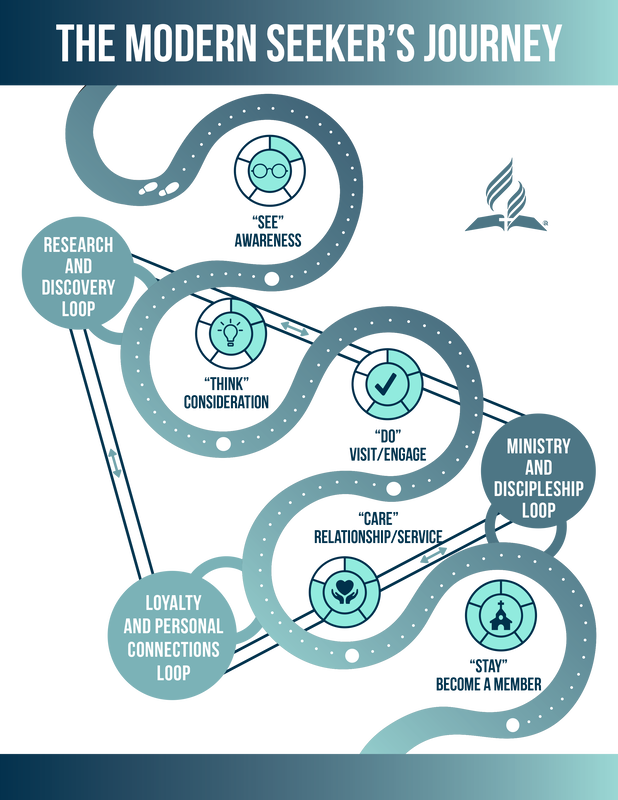
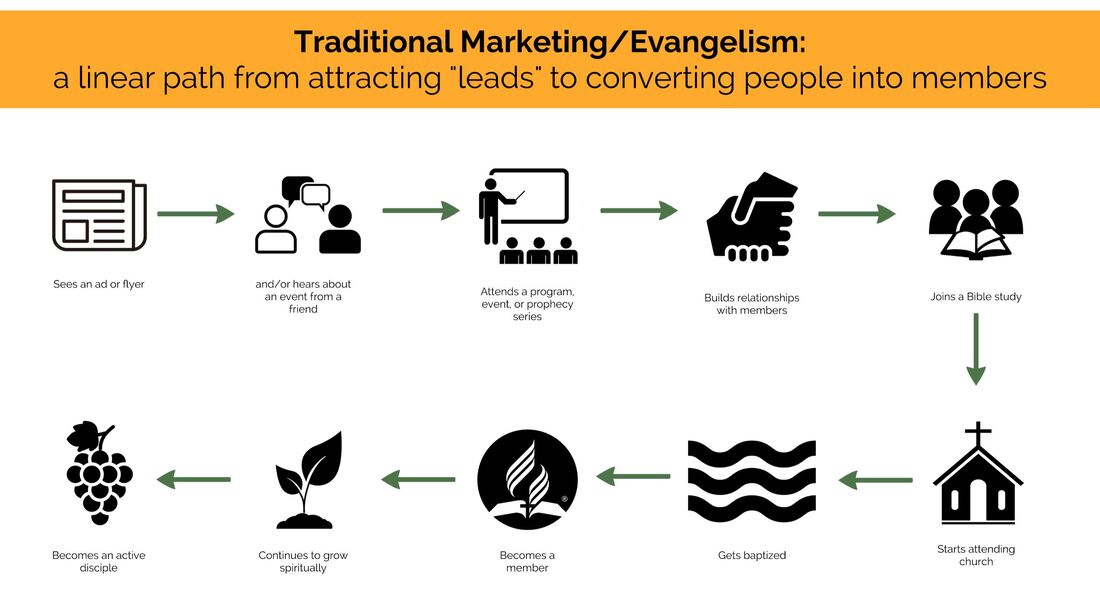
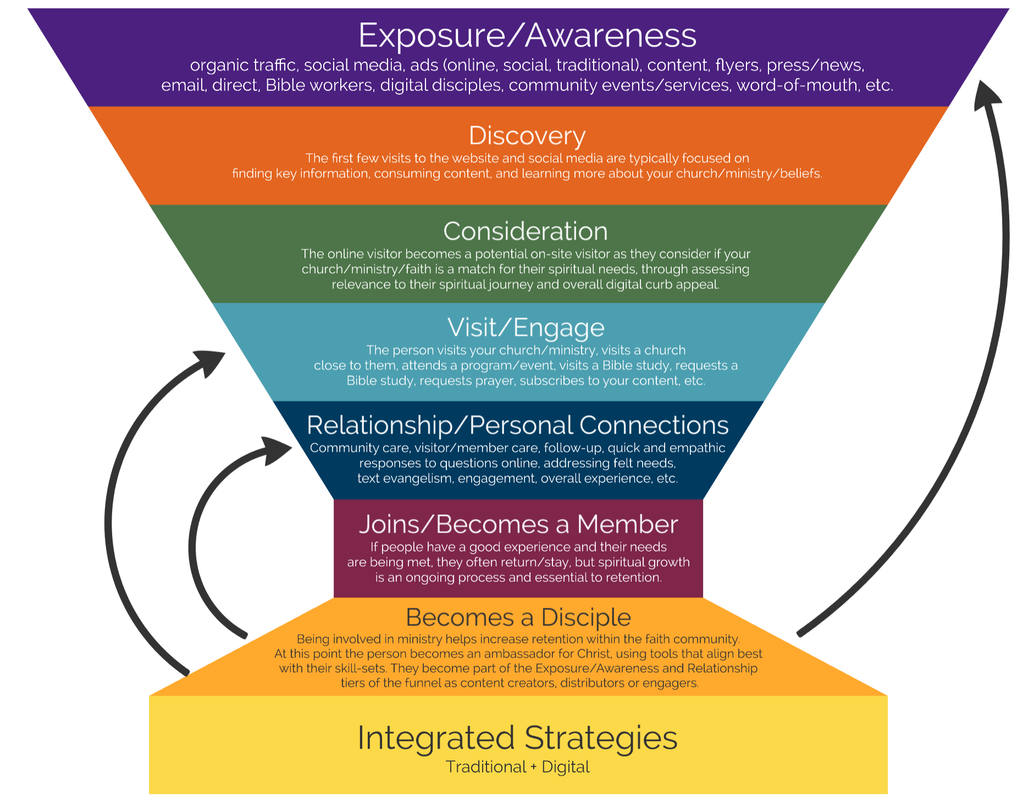
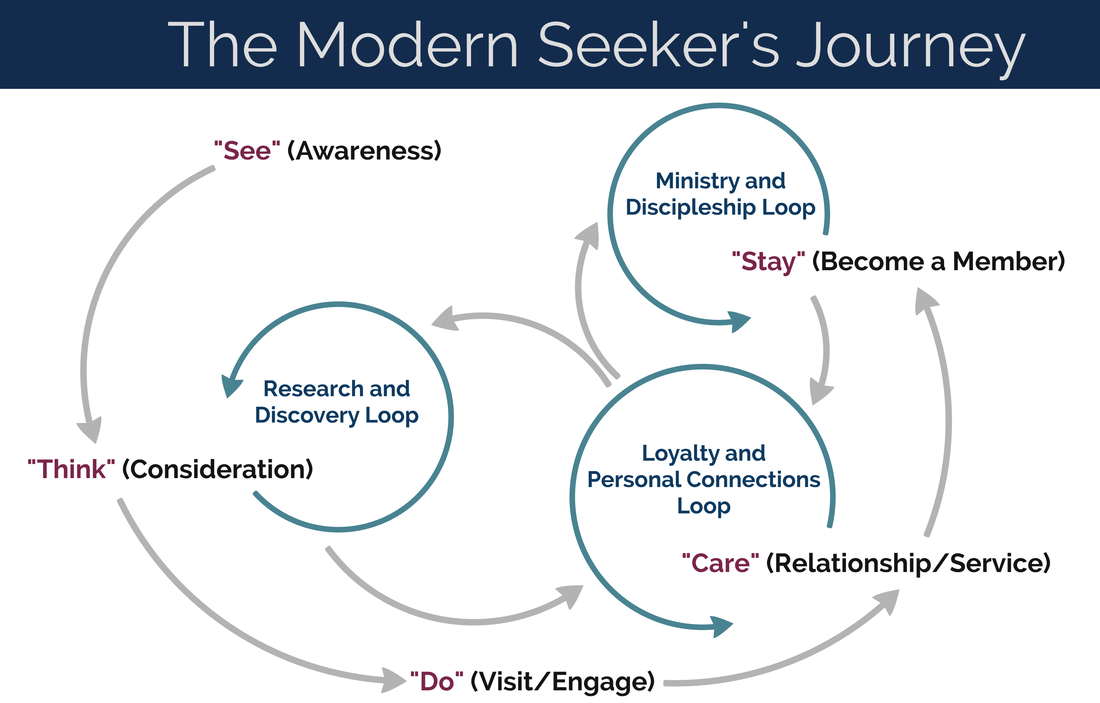
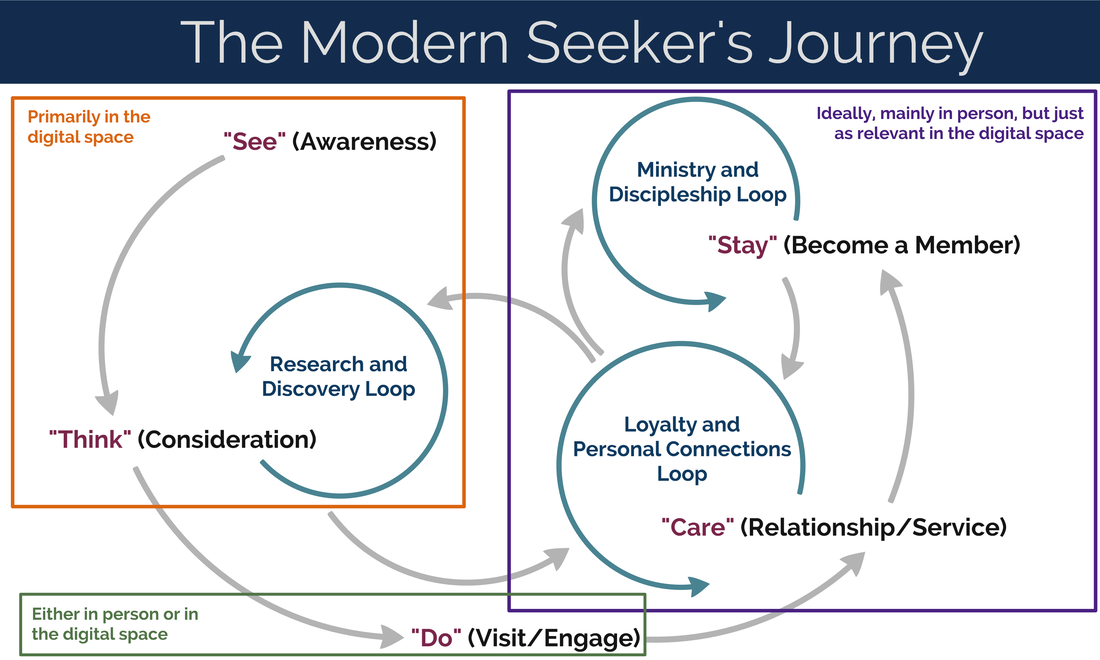

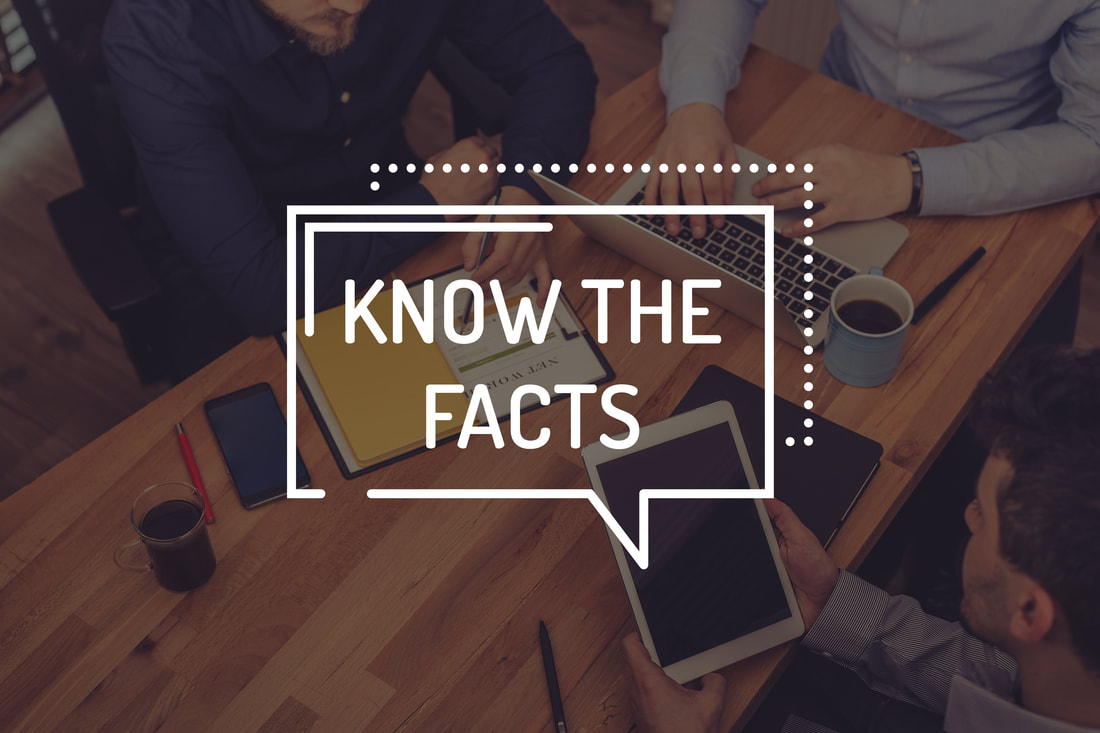


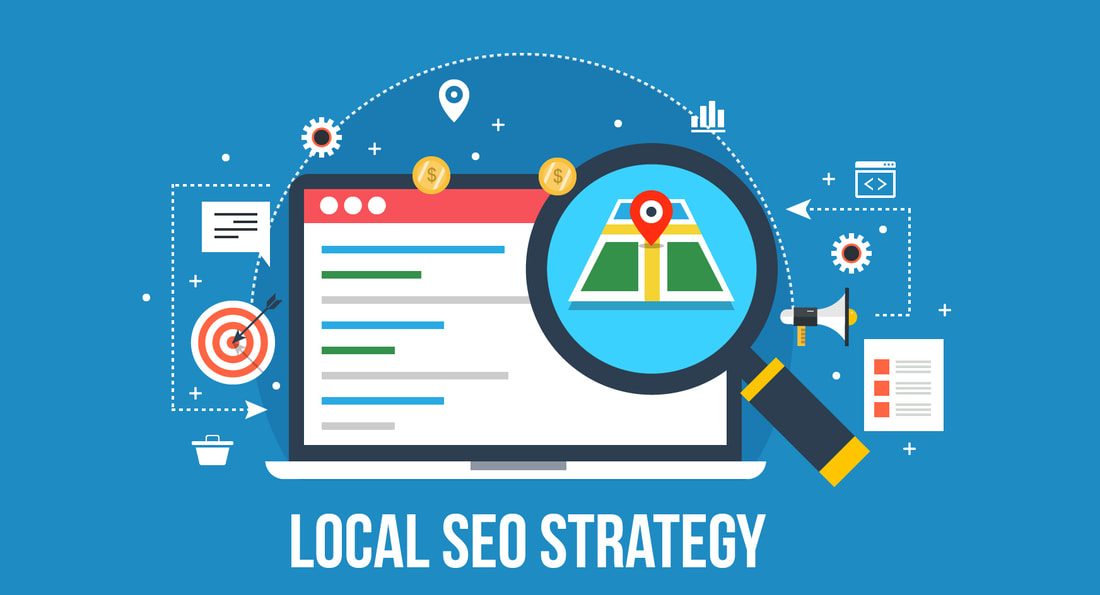
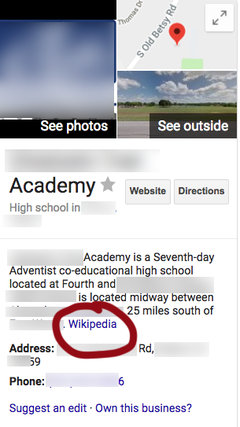
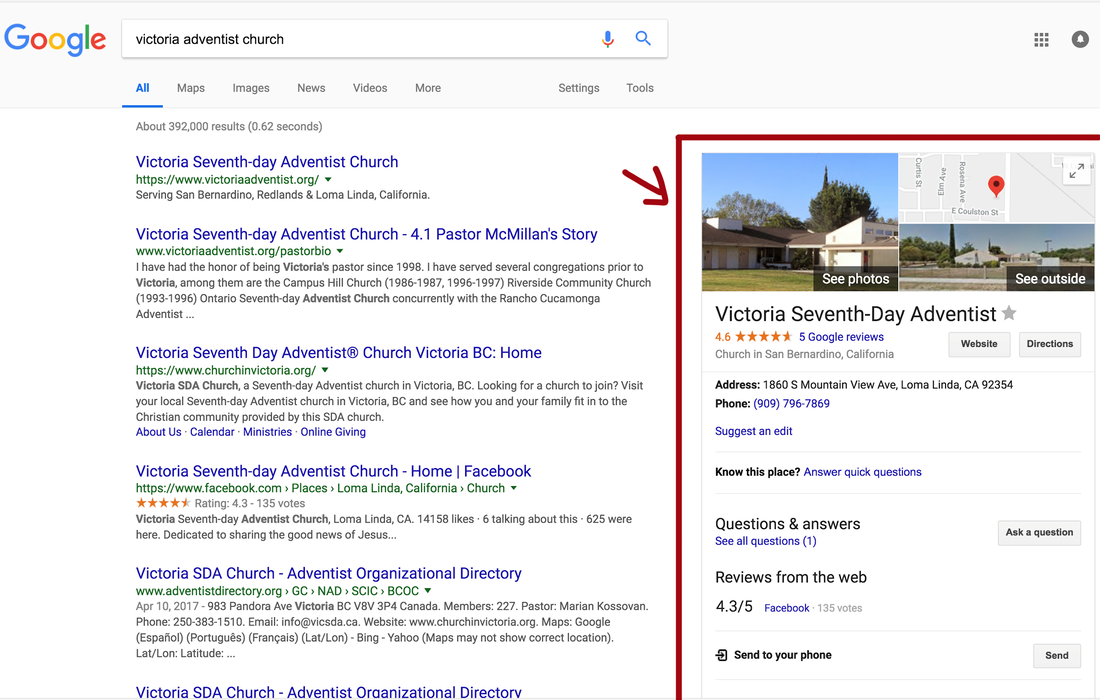
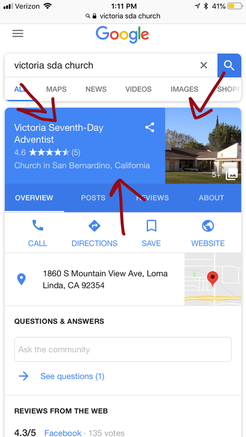
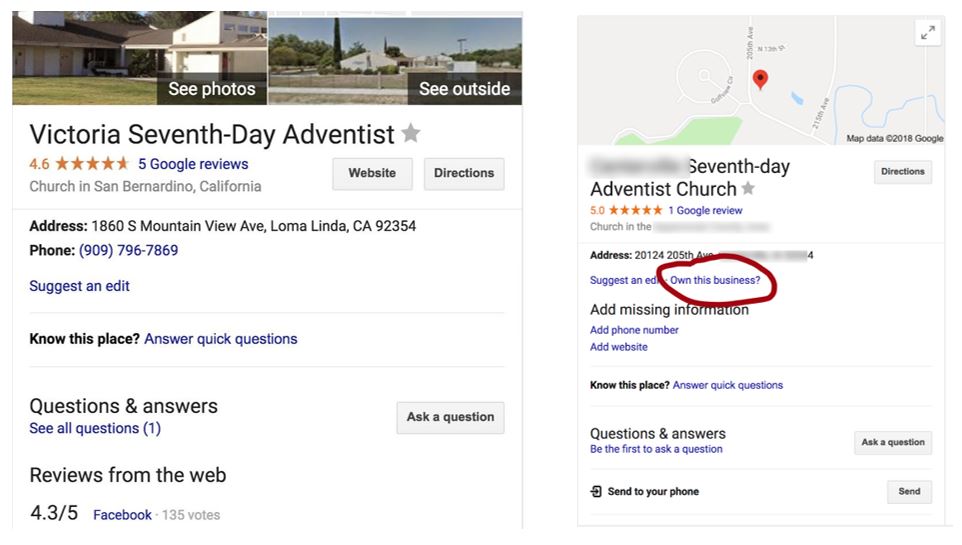
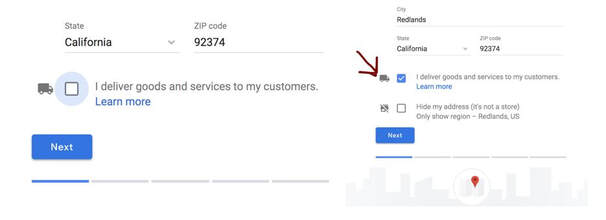
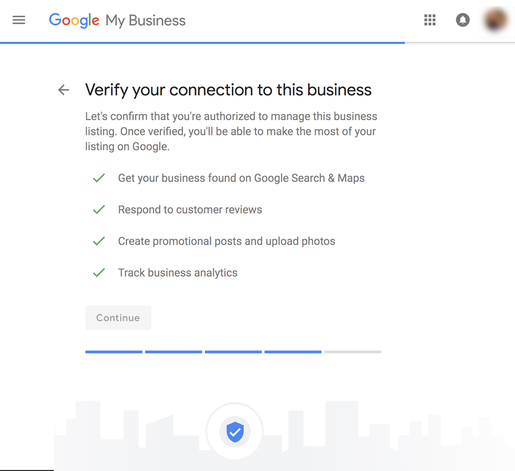
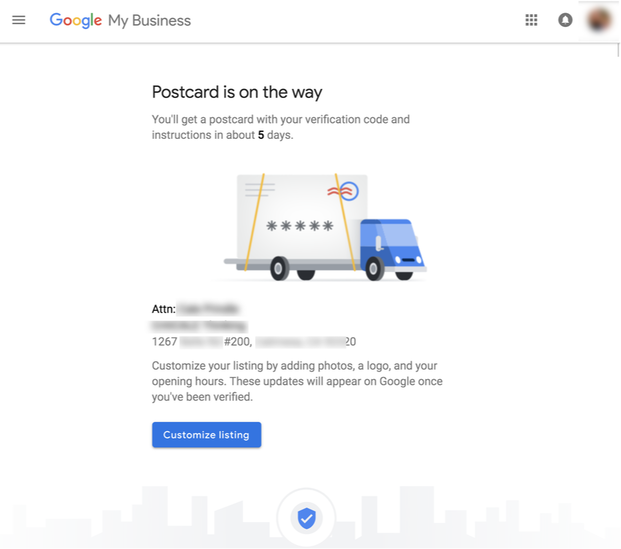
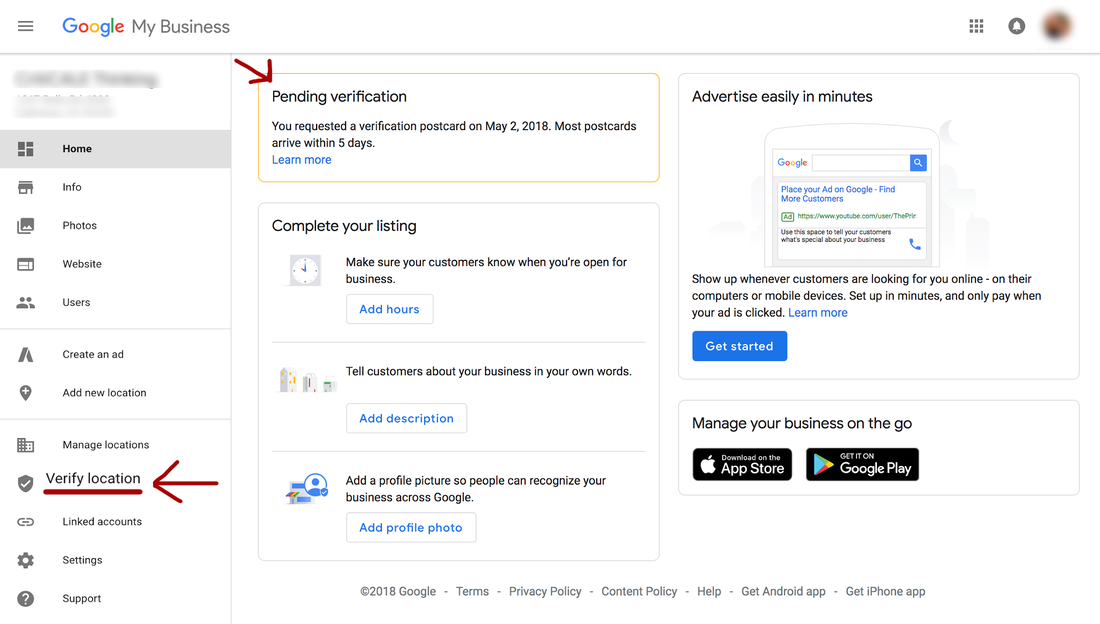
 RSS Feed
RSS Feed